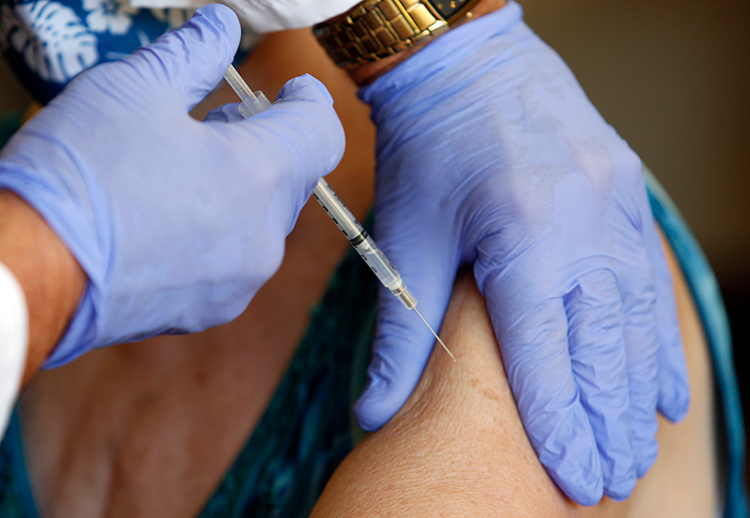
A COVID-19 work group at the Centers for Disease Control and Prevention, after reviewing virus trends and vaccine efficiency data last week, has concluded that the next vaccine booster expected to be available this fall should target the newest Omicron virus variants which put people over age 65 and infants at higher risk for hospitalization.
While it’s now almost impossible to obtain up-to-date statistics specific to our community, the Omicron XBB.1.5 variant was responsible for about 1 in 4 positive cases in the Southeast United States from June 11 through June 24. The emerging Omicron XBB.1.16 variant accounted for 1 in 5 positive cases during that same two weeks.
The two most recent vaccine boosters were a bivalent formula, which included protection against the original strain as well as Omicron variants. Indian River County ranks fourth among Florida counties with 16.3 percent of local residents having have received this booster. Sumter County, which includes The Villages, is the most-boosted county at 24 percent, according to the CDC.
But the CDC’s Advisory Committee on Immunization Practices concurred with a June 15 finding of the Food and Drug Administration vaccine panel, which directed vaccine makers to drop the original “Wuhan variant” of the virus from the shot formula of the next booster because the virus has evolved too much over the past three and a half years.
Based upon the FDA recommendation, Pfizer and Moderna are in the process of testing a monovalent vaccine containing the Omicron variant formula only. CDC Covid Working Group leader Dr. Matthew Daly said the drug makers would need to bring their evidence back to the FDA and then back to the CDC for approval before the new shots could be distributed to patients.
CDC staffer Dr. Fiona Havers said researchers have seen a pattern in the number of COVID-19 hospitalizations over the past year in what’s known as the Omicron period. In the early pandemic period, children were not particularly at risk for severe illness, but during the Omicron period, Havers said, infants 6 month old and younger were just as likely to be hospitalized with COVID-19 illness as adults age 65 and older.
“Rates of hospitalization of infants increased during the Omicron period and remain elevated,” Havers said, adding that hospitalizations of the youngest children are now “on par with elderly adults.”
The good news is that, of those hospitalized, Havers said the clinical outcomes have been less severe so far in 2023 than outcomes were in 2022.



